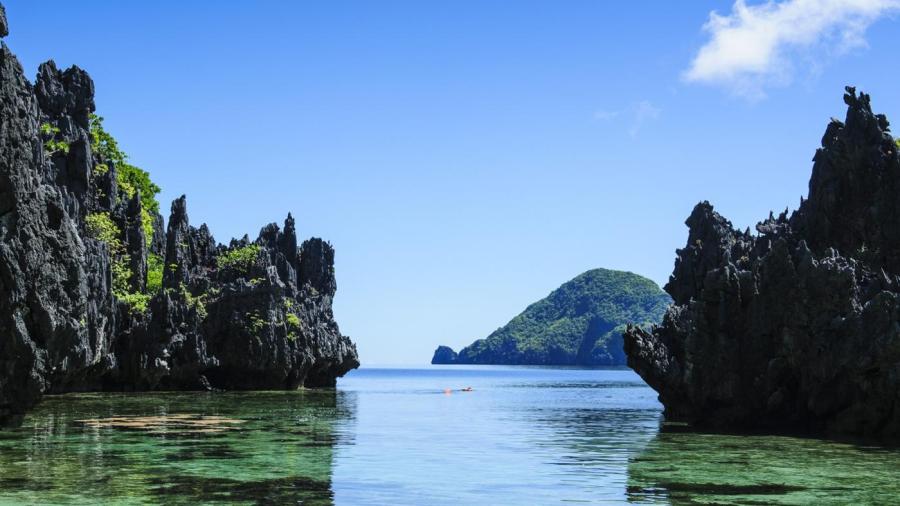Why Are the Philippines Called “the Pearl of the Orient Seas”?

Father Juan J. Delgado, a Spanish Jesuit missionary, coined the phrase “Pearl of the Orient Seas” for the Philippines in 1751, and Jose Rizal refers to the Philippines with that name in his last poem, “Mi ultimo adios.” When the Philippine national anthem was revised in 1960, the Tagalog translation of that phrase was included in the words.
Rizal’s ode to the Philippine begins, “Farewell, my adored Land, region of the sun caressed, Pearl of the Orient Sea, our Eden lost…” The Philippine Islands were under foreign control from the arrival of the Spanish until the end of World War II when the occupying enemy forces left. Those centuries without independence weigh heavily on the Philippine self-concept.
The first use of the word “Filipinas” to refer to these islands came from the Spanish explorer Ruy Lopez de Villalobos, who called them “Las Islas Filipinas” in honor of the prince of Asturias, at first referring to Samar and Leyte. Eventually, the Spanish took this name to mean the whole archipelago. However, the shift from “The Philippine Islands” to “The Philippines” did not take place until the American period of occupation, which began at the dawn of the 20th century as the result of the Spanish-American War.





